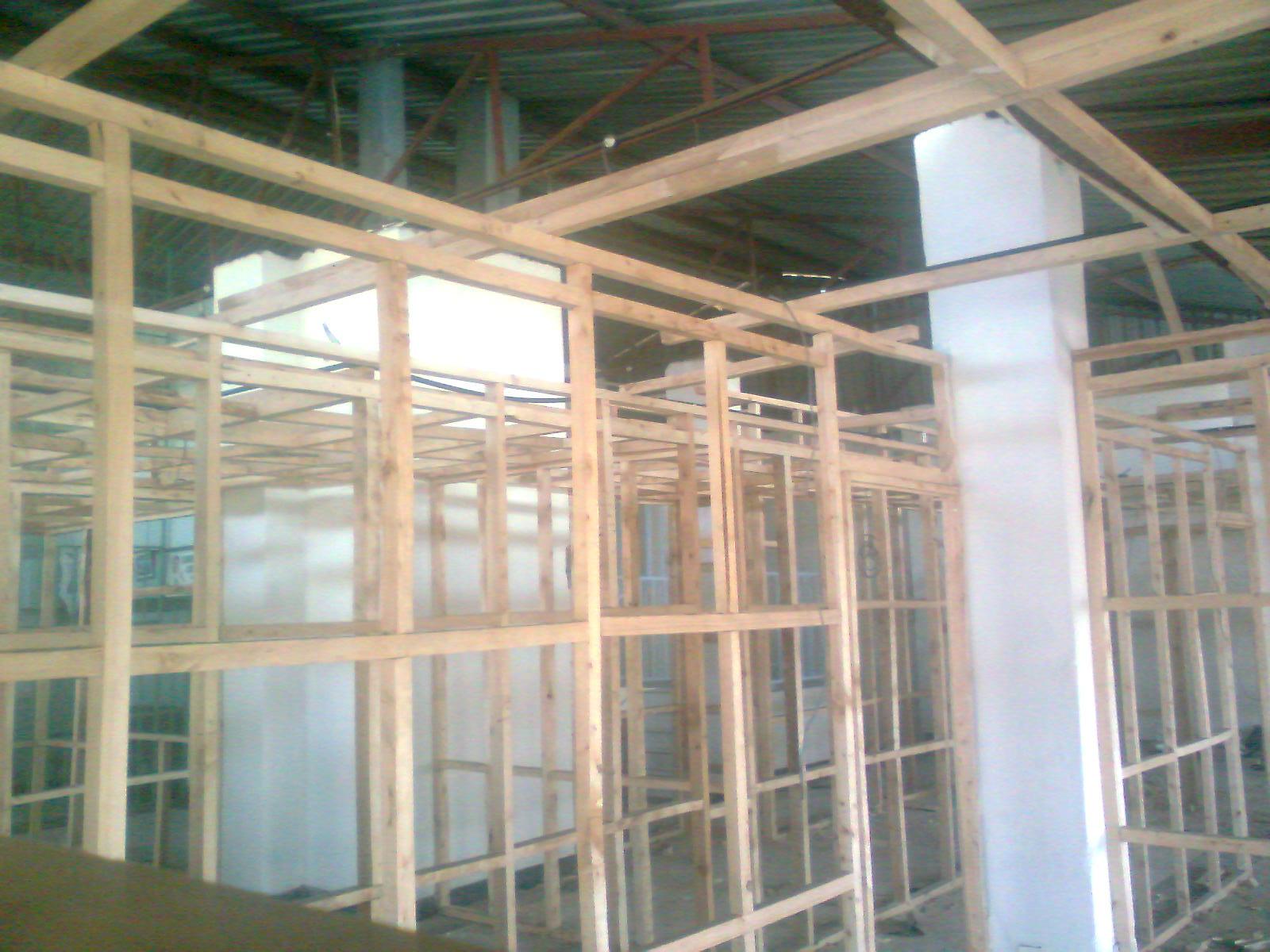
This photograph shows an ongoing housing project in a downtown neighborhood. The building project is a joint venture between private and public entities. This project is part of the public sector’s efforts to address the shortage of humanitarian shelters within the state and the country at large. This project is a proposed shelter for abused women and young girls. The project might be scaled upwards to encompass other community-based needs in future. This project is similar to building projects that target the homeless population. The projects usually include structures that can be erected at a low cost and the ones that can support sharing. Governments, private entities, and charity organizations often implement these types of projects with the view of eradicating homelessness. It is important to note that the problem of homelessness is often inexplicable especially in the context of developed economies where governments have the ability to provide shelter to all citizens. Nevertheless, the combined efforts to eradicate homelessness are yet to yield any conclusive results. On most occasions, the homeless individuals who are offered shelters end up going back to their street or sidewalk abodes. This scenario has raised the question whether building shelters is the solution to homelessness.
Homelessness impacts our lives in a number of ways including matters to do with public health, public safety, and security issues. On the other hand, these issues are often in conflict with the homeless peoples’ ability to meet their basic needs. Among the homeless population, health matters are not a priority when they are compared with other pressing concerns such as a person’s ability to obtain food and personal safety. Consequently, the health stability that comes with having permanent residence does not always appeal to the homeless population. In the realms of public health, the general population often considers the homeless demographic to be a lingering risk to public safety and health. For instance, whenever homeless individuals seek for a place to clean their clothes or bathe, it creates a public-health conflict. Consequently, most community-health stakeholders are of the view that shelters could solve the problems that are associated with homelessness. Homeless individuals often take issue with their portrayal as ‘inadequate’ citizens and most of them take pride in ‘earning’ their keep. For example, foraging for food among the homeless is an exercise that elicits pity among the general population but its success is fulfilling to the homeless. In terms of social justice, the homeless population would argue that it has a right to look for food just like the rest of citizens. The fact that one demographic finds food in the shelves of the grocery store and the other one in restaurant leftover-bins does not disqualify one group or justify the other.
The disconnection between shelters and the homeless population exists due to a number of reasons. First, most potential beneficiaries of the shelters for the homeless initiatives are likely to feel stigmatized. Consequently, most homeless individuals are not eager to be ‘segregated’ and labeled. The problem of homelessness also exists because most shelter initiatives do not necessarily account for privacy and personal space. Most of the shelter-building initiatives are similar to the one represented in the picture above, where one roof provides shelter to various beneficiaries. On most occasions, privacy is only accorded through a simple cardboard partitioning. This scenario creates a myriad of issues for the homeless because it exposes them to direct health hazards due to overpopulation, lack of nutritious diet, and poor mental health.
One common misconception when it comes to the homeless population is that building shelters for this demographic is the ultimate solution. A closer analysis of the situations surrounding homelessness indicates that there is no absolute solution for this social problem. In future, it is important to form a tangible connection between homeless shelters, personal identity, and mental wellbeing. These factors form the core areas of contention when formulating policies to streamline ‘shelters for the homeless’ initiatives. Shelter is one of the basic needs that human beings require in order to survive. When building shelters for the homeless all policy issues should be aligned with other humanity aspects. There have been occasions where individuals and families move out from provided shelters without any tangible explanations. Therefore, it would be futile to continue thinking about homeless people as a group that is solely in need of shelter.
The issue of the connection between homelessness and shelter provision continues to perplex various stakeholders including community health administrators. In the past, it has become clear that shelters are not enough to address the problem of homelessness. To address this problem, stakeholders need to encompass the broad factors into shelter provision. For instance, matters of mental health, nutrition, and communicable diseases need to be included into housing initiatives. At the end of the day, it is important for stakeholders to achieve some tangible progress into the problem of homelessness across the country. It is also important to employ respect and sensitivity towards this demographic when addressing the issue of shelter for the homeless.